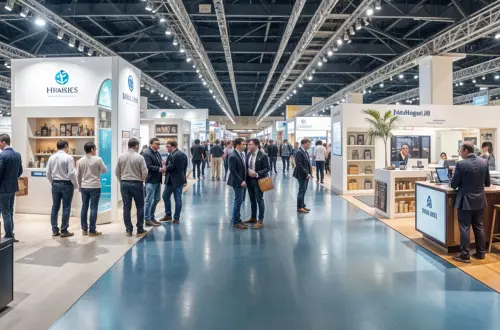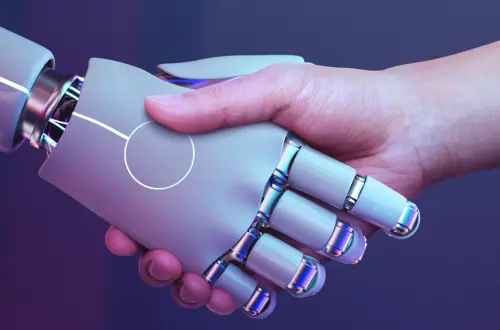Why VR Technology Is the Next Big Thing at Expos and Why You Should Use It
Exhibitions and expos have entered a golden age thanks to the rise of free trade, available flights to destinations all over the world and the ever-growing international nature of companies. One of the side effects of this boom is that exhibitions have become all the more competitive. There are more exhibitors than ever before at every event and you need something truly outstanding to hold the attention of visitors and capture their attention. You want to impress, if you are to remembered by the end of the day – though hopefully by the end of the exhibition.
This is where VR technology enters the scene.
Virtual Reality has been a hot topic surrounding entertainment, but the applications for this technology are limitless. What research shows is that VR impacts significantly how customers interact with companies at exhibitions. More and more exhibitors are adopting this technology, and so should you.
VR has not yet become mainstream as a practice for exhibitors. It’s not the first choice they go for and those that do offer a VR headset at their expo booth tend to stand out. Right now, everyone relies on a promo video for their company and their product to entice a reaction out of customers, but it doesn’t feel new. Visitors at trade shows will see hundreds, if not thousands of videos during their visit. You can be certain after an hour all this footage blurs into the background. A VR demo is a new stimulus that will attract customers partially because of its novelty.
Furthermore, VR broadens the experience of your company by engaging more senses. Now that you have customers hooked, it’s time to blow their mind and an interactive presentation of who you are as a company and what you offer accomplishes just that. You make a lasting impression in the minds of potential buyers and business partners. You will be remembered in the end and isn’t that ultimately your goal when it comes to exhibitions.
VR can do wonders to your branding
Another key aspect of VR technology that’s not to be underemphasized is its ability to morph to whatever you may need to showcase your company in the best light. This flexibility does wonders for your branding. You can do everything you don’t have the money to do at the exhibition in a virtual setting. Create a spectacular show room that is liberated from the space constrictions of the exhibition space and showcase every product you wish to sell or give the opportunity to customers to interact with a specific product. Be brave in your experiments. As long as you thrill visitors, you are doing it right.
Examples of VR application
Here are a few examples of creative VR solutions that can set your imagination on fire as to what to do for your own brand. As a way to celebrate their 10th anniversary, the popular concert venue Sage Gateshead in the North East of England developed a VR application that allowed visitors to step into a real-life scale replica of the venue. But here’s the twist – hitting the walls and stomping on the floors produced sounds, which the users then can turn into a percussion melody. There are many more examples like McDonalds creating a first-person paint shooter game that takes place inside a Happy Meal box, Samsung giving customers the thrill of a roller coaster indoors or even joining in on a manned space expedition thanks to NASA.
Is it worth the price?
You might be wondering about the price tag, because VR technology sounds expensive and it’s a bit of an investment, but certainly not as pricey as it once used to be when the technology was new and costs high. Now you have options across the entire price spectrum. One of the most basic and readily available choices is in the Google Cardboard that’s on the lower price range. You pay for the cardboard headset that can be branded for your company and it’s such a low investment (shy of $10), you can even give them away as prizes. However, you have to provide the smartphone to run the demo. Apart from battery drainage, there’s also the issue with graphics quality.
Whatever you choose to do with your VR demo, be sure to keep it short as in under a minute to keep customers wanting more. The longer the demo, the fewer people you can show it to and the higher the chances someone will develop a headache during the process. Last advice – take photos! Incorporate this tool into your overall marketing strategy and feature it heavily in all your other channels.


